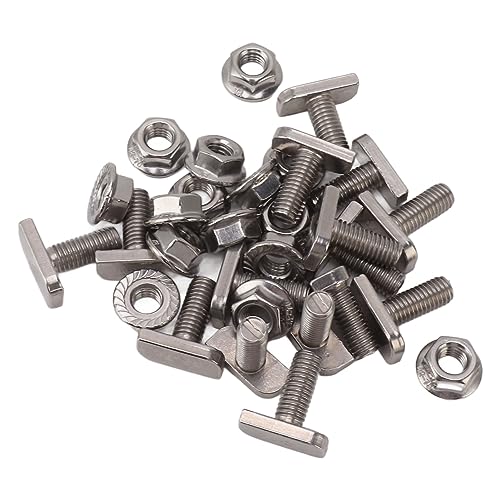When installing a new split load RCD fuseboard, what is the best practice for putting which circuits
on which RCD bank. What does the NICEIC reccommend.This does confuse me a bit talking to different electricians.
Thanks Rob
on which RCD bank. What does the NICEIC reccommend.This does confuse me a bit talking to different electricians.
Thanks Rob































































